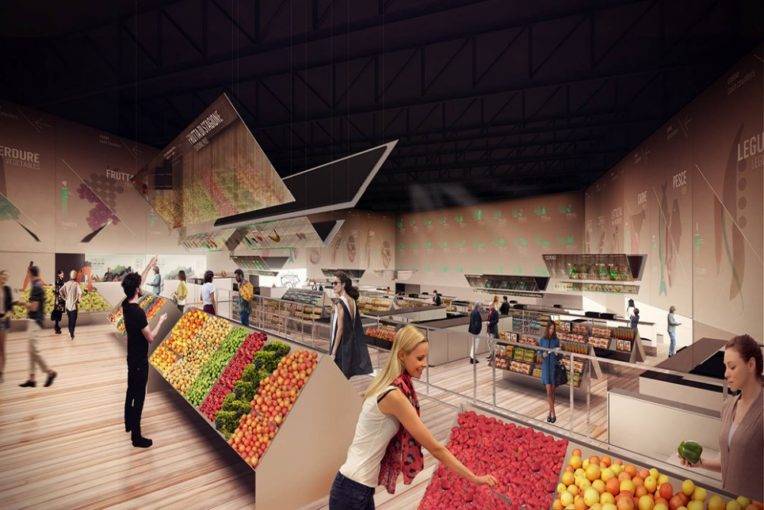Amazon Friday announced that they have entered into a definitive merger agreement under which Amazon will acquire Whole Foods Market for $42 per share in an all-cash transaction valued at approximately $13.7 billion.
Amazon has ostensibly been an online retailer for over 20 years — except some niche retail bookstores and their attempt last year at self-serve groceries, Amazon Go — while Whole Foods promotes a retail experience which is about the instore experience, tasting and sampling and learning cooking options as you go. It’s pretty strange when you think about it, considering the sheer number of bricks and mortar stores that have gone out of business due to the affordability offered by Amazon’s online stores.
See also: Is Amazon Go a sign of the downfall of the retail workforce?
At the same time, German retailers Aldi and Lidl are starting to make a presence in the US as they have in most of Europe, Australia, and the UK.
Lessons learned from Ocado?
I wouldn’t be surprised if Amazon had been playing close attention to the UK’s Ocado, the world’s largest dedicated online grocery retailer with over 580,000 active customers. Ocado ships more than 2 million items daily to customers in the UK, and has 700 in-house developers working on software for managing its customer fulfillment centers. As well as proving that perishable goods can be highly profitable when home delivered, they are heavily invested in using the cloud, robotics, AI, and IoT.
Warehouse automation is one of the key differentiators for Ocado in the online grocery retail market with projects such as the OSP hive which includes thousands of robots working together to retrieve from storage the groceries comprising a customer order. Over time, more and more of these groceries will be packed by sensor-guided robot manipulators.
They also have two ambitious Horizon 2020 Research and Innovation projects called SecondHands and SoMa which combine state of the art robotics, artificial intelligence, machine learning and advanced sensors to understand and assist human warehouse workers in real time.
There’s even Ocado Smart Platform, their proprietary solution. available for other retailers operating online retail businesses. It combines their end-to-end software and technology systems with their physical fulfillment asset solution, both of which are proprietary and fully integrated. I wouldn’t be surprised if Bezos has been following their trajectory of success very closely, especially as he was able to buy Whole Foods and by default, their slew of monied and devoted customers.
Amazon wants to block the competition
Amazon has been quietly upping their competitive advantage, with a patent approved that blocks price comparison shopping, where a customer compares the price of a store item to those available online or in other stores via their mobile phone. According to the patent, Amazon is creating technology that when a customer accesses their WiFi, identifies a customer’s Internet traffic and senses when the smartphone user is trying to access a competitor’s website.
Then technology will then presumably be able to either block their competitor’s sites or send love bomb messages to the shopper, such as coupons or discount codes. Roaming staff members may even be alerted to attend to the customer and entice them to a point of sale.
Then, of course, there’s the Amazon Dash Wand which is effectively a barcode scanner embedded with Alexa. Each wand retails for a mere $20 which is redeemable for groceries. The fact that these are being basically given away suggests that it won’t be long until voice activated devices trump mobile phones apps in use in the home.
So what does this all mean for Whole Foods? Kale delivered by drone? A robot operating the salad bar? Conversely, while I’d like to think that Wholefoods’ hippy granola people powered ethos could spread itself into the lifeblood of Amazon, it’s more likely the price will remain king, as customers remain devoted to budget groceries, where price takes precedence over principles.


















